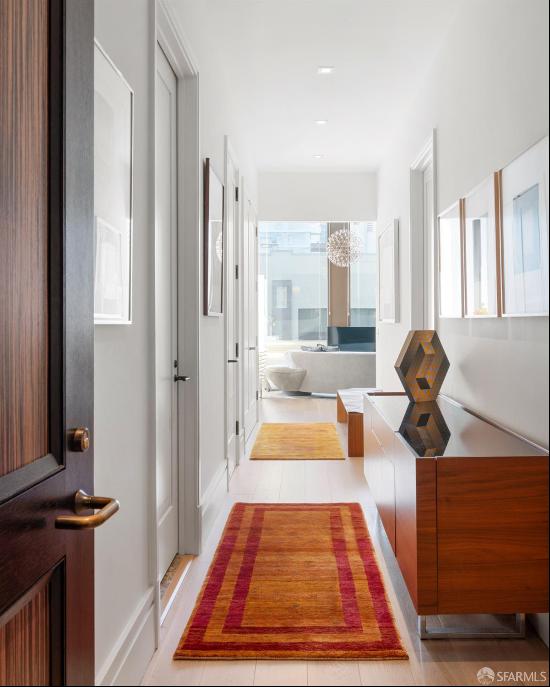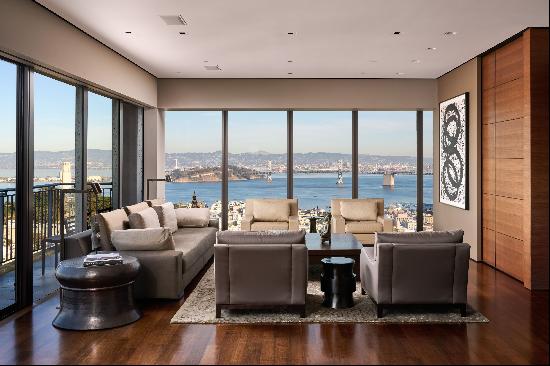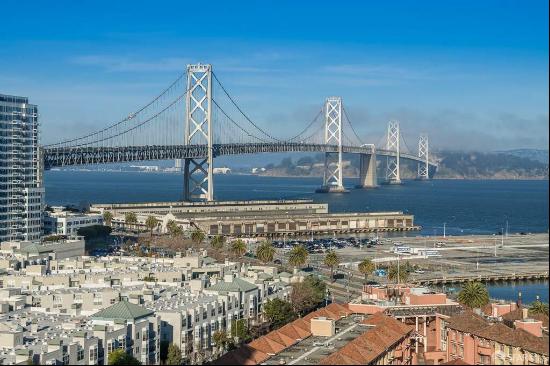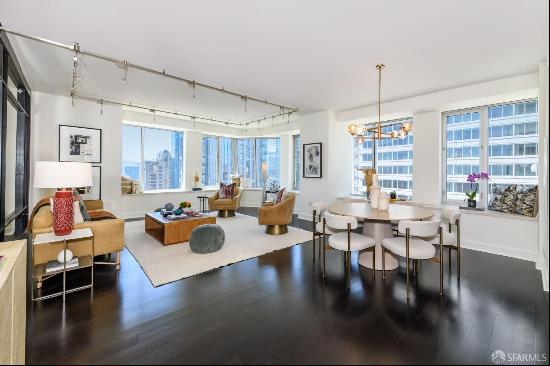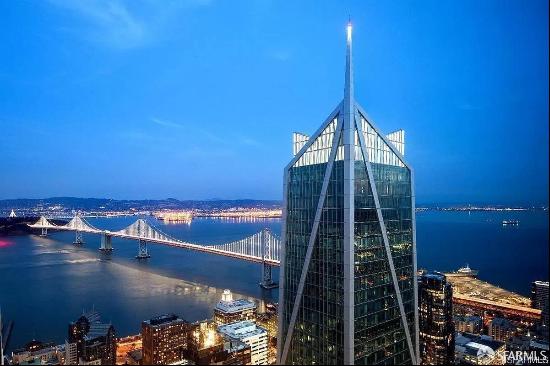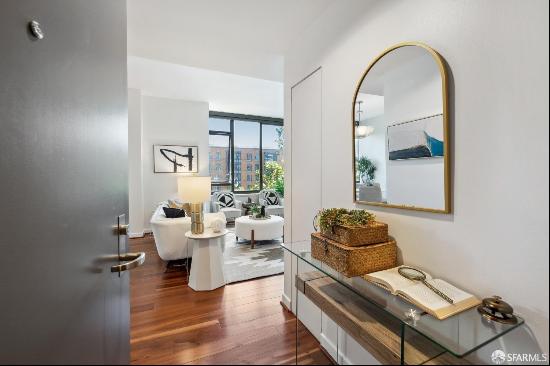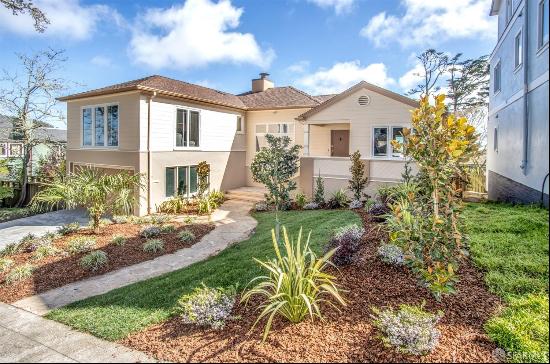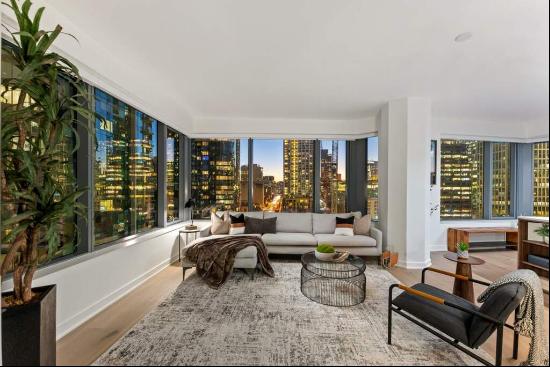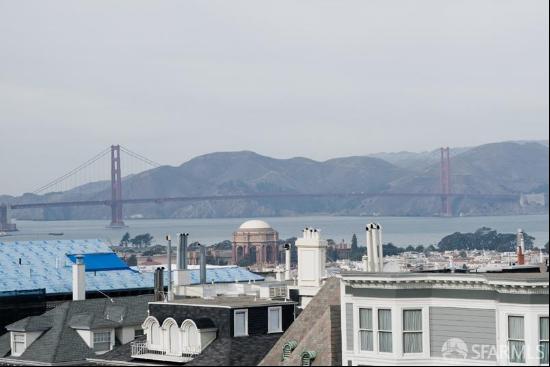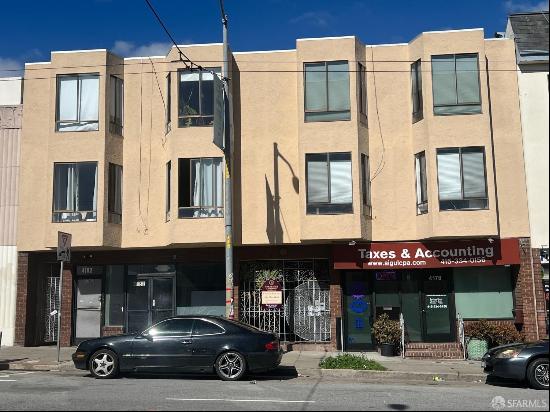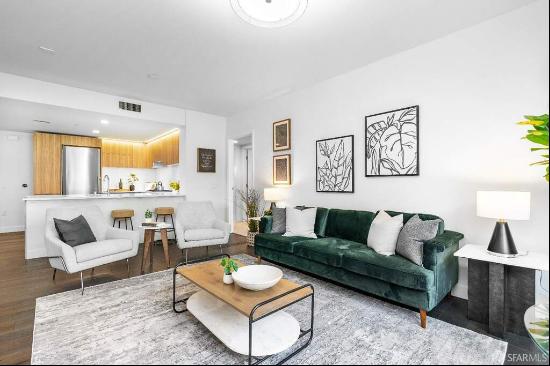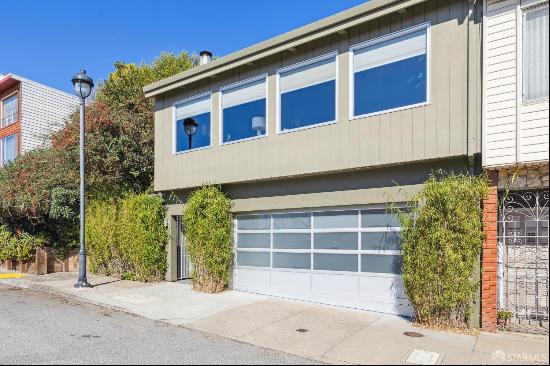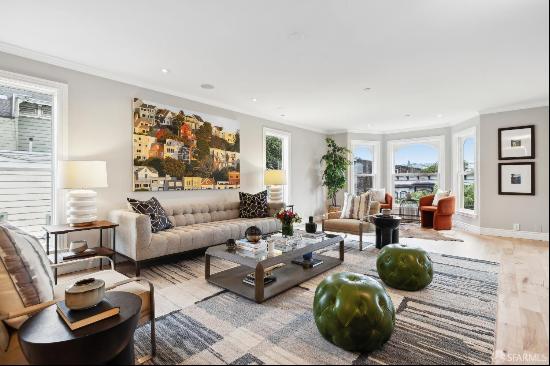
By Edwin Heathcote
I recently saw two films in which, arguably, the main protagonist was not an actor but a house. Houses have often played a prominent part in movies, most notably in horror films (A Nightmare on Elm Street) and psychological dramas (Psycho) but also in everything from Home Alone to Gone with the Wind. But these two seemed different.
The first was Bong Joon-ho’s Parasite, which swept the Oscars, the second, Joe Talbot’s The Last Black Man in San Francisco.
They are both, in their own way, about the colonisation of spaces by the wealthy, and the correspondingly ever smaller and worse part left for the poor. They are about class, place, displacement, family but also, perhaps more than any of these, the role that home plays in our lives expressed through architecture.
Parasite is the most architectural of films. The down-at-heel Kims live in their semi-subterranean half-basement, stealing WiFi from neighbours and fending off drunks in the alley outside. The well-to-do Parks live in a fantasy of contemporary real estate, a Japanese-inflected concrete, timber and glass behemoth, which seems to aspire to art gallery status. The Parks’ house is both brilliant and ridiculous, a parody of the excesses of contemporary luxury.

Both homes were sets built for the film; the Kims’ in a studio, the Parks’ an amalgam of four locations and studio sets. The Kims’ would-be student son, Ki-woo, exclaims a few times in the film that “it’s so metaphorical”, referring to a scholar’s rock and a child’s scrawled drawing, among other things. He could be referring to the houses. One is about descent into an almost unseen underworld — a metaphor stretched almost to breaking when it is flooded with sewage — and the other ascent, as exemplified by the house’s ethereal staircase, which Mr Park, the wealthy owner, always appears to be climbing, out of sight, away from the tainted earth.

The twist is that the house itself embodies that same upstairs/downstairs division.
The suggestion is that a house not only defines and characterises a lifestyle but that it determines future events. The Parks’ apparently beautiful home hides a dark secret and a prophecy that is inevitably fulfilled in the same spirit of darkness.
The house, conceived so exquisitely by production designer Lee Ha-jun, appears as a glass box, yet still with shadows of the underground. Architecture, it seems, is unable to dispense with the metaphorical darkness despite its apparent lightness and transparency.
The house in The Last Black Man in San Francisco is very different. A seemingly Victorian doer-upper in a now-gentrified Fillmore district, it looks like a realtor’s Frisco dream. The neighbourhood survived the 1906 earthquake, which devastated the rest of the city and became a place where African Americans, Jews and Japanese lived in a buzzing, jazzy cocktail of a place.

Jimmie Fails, a young black man who once lived in the house with his family and says his grandfather built it after the second world war, is entranced by it, popping back to repair and repaint, infuriating its elderly inhabitants who just want rid of him. So when they themselves have to leave and the house is empty, he simply moves back in.
He feels he has found his place in a turbulent world while his contemporaries on the street corner have become embroiled in a pointless, deadly feud. The house is his refuge. Until, of course, it is not.
In this house the special spaces are all up top, in the roof and in the curious corner turret. They are the spaces of dreaming outlined by French philosopher Gaston Bachelard: “Up near the roof all our thoughts are clear”. The roof protects and encloses, the most primal space is right beneath the rafters, where we are aware of the sky but sheltered from it. Bachelard suggests the attic and cellar represent the two types of subconscious embodied in a house: one dreamy, relating to the clouds; the other darker, chthonic, buried with the bodies.

Both films relate to another, very different film: Mon Oncle. Jacques Tati’s magical 1958 film contrasts the dwellings of the eponymous Monsieur Hulot, who lives in a strange, ad hoc house in a ramshackle neighbourhood, and his brother-in-law, who lives in a determinedly modernist cube, set in a severely abstract garden.
Hulot reaches his rooftop apartment via a comical staircase which wends its way through the building so that, seen from outside, he reappears at various points. Just like Mr Park, he ascends to his own little slice of paradise. His brother-in-law lives in a new neighbourhood of villas where everything looks the same.
Among the film’s most poignant moments is when Hulot steps over a broken wall to take a shortcut, accidentally displacing a brick with his foot. He bends over to pick it up and meticulously replaces it amid the rubble, the soon-to-be demolished remains of buildings gradually giving way to new tower blocks.
Life is a constant battle against entropy and decay, a fight to keep good things, which can mean so much, just as they are. A house represents resistance. The Portuguese architect Álvaro Siza said, “Living in a house, in a real house, is a full-time job . . . I consider owning, maintaining and renovating a house to be a matter of heroism.” The perfect subject matter then, for a different kind of superhero movie.
Looking for a home in San Francisco? Search on FT’s Property Listings.
Photographs: Artificial Eye; Benoit Fougeirol; Landmark Media


